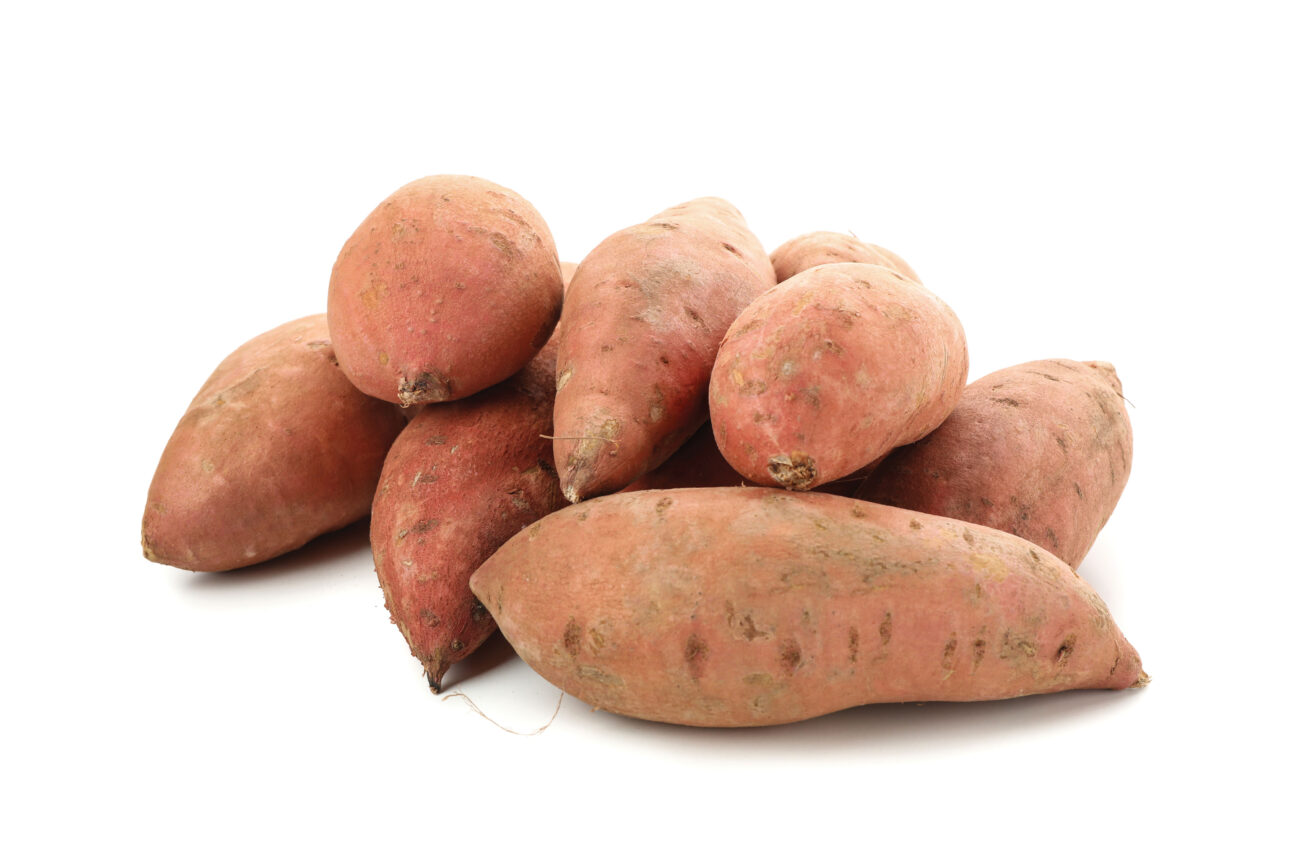Kūmara flee climate change

Worldwide, sweet potatoes are under threat from climate change—and a new international study has found that maintaining the crop’s genetic diversity will be key to ensuring you can get a fix of kūmara fries with your beer.
Climate experts predict that by 2070, average temperatures in sweet-potato-growing areas will be one to six degrees warmer, and that heatwaves will be two to five degrees hotter. Researchers at the International Potato Center in Lima, Peru, tested nearly 2000 varieties of kūmara from around the world, including six from New Zealand—and found that 93 per cent of them would suffer under those warmer conditions.
But the researchers also identified 132 extremely heat-tolerant varieties—6.7 per cent of the total. That’s great news, says the study’s lead author, Bettina Heider. “That gives farmers many options that can be used in breeding to make sweet potato even more resilient. Our options to adapt our food systems to climate change lie in the genetic diversity of crops.”
Locally adapted heritage varieties of sweet potato performed better than commercial ones, and kūmara with orange flesh tended to handle hotter conditions better than those of other colours—probably because they are high in carotenoids, which are thought to protect plants against damage from heat stress.
The New Zealand kūmara tested weren’t among the extremely heat-tolerant varieties, although one came close. In any case, higher temperatures are not necessarily as much of a problem for kūmara-growing here as they will be for tropical countries, says Plant & Food Research scientist Steve Lewthwaite, as New Zealand is on the colder edge of the plant’s range. Global warming may actually make more areas of the country suitable for commercial kūmara production. But climate change doesn’t affect temperature alone, cautions Lewthwaite: erratic rainfall, more storms, or interactions between temperature and plant pests could pose other problems.
Globally speaking, kūmara is likely to increase in importance this century, says Heider. “Sweet potato is a robust crop, it grows in marginal areas and under adverse conditions—and these areas will increase with climate change.”

















